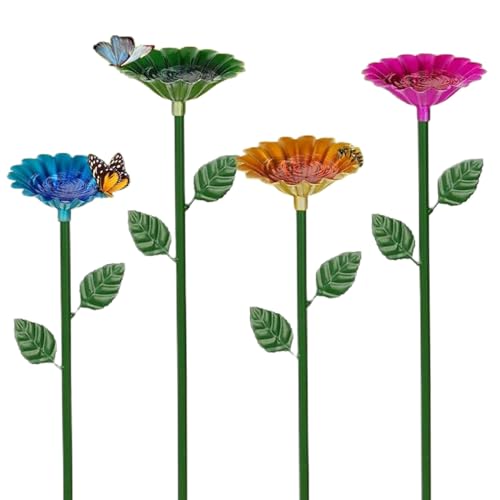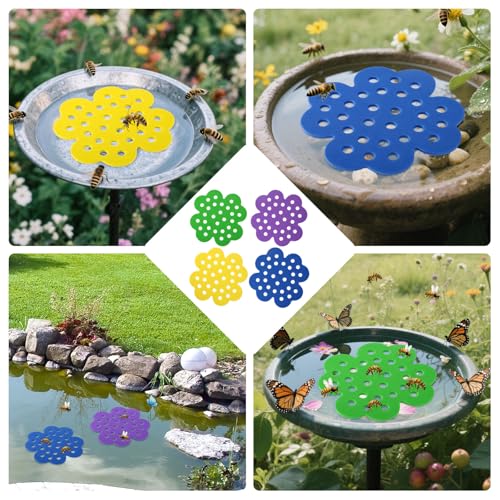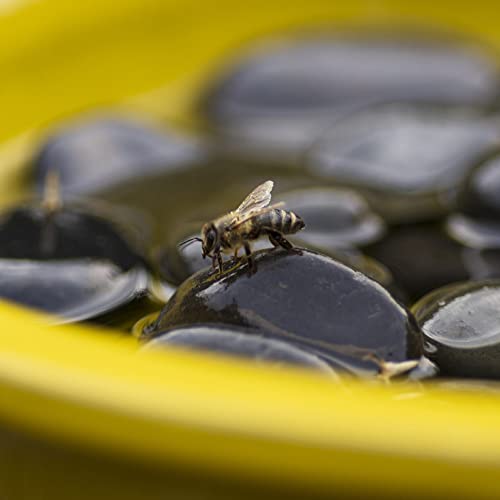How to make a bee watering station to help pollinators survive the hot weather — it's a child-friendly activity too
You don't need a garden for a bee watering station and you can use free items from around the home
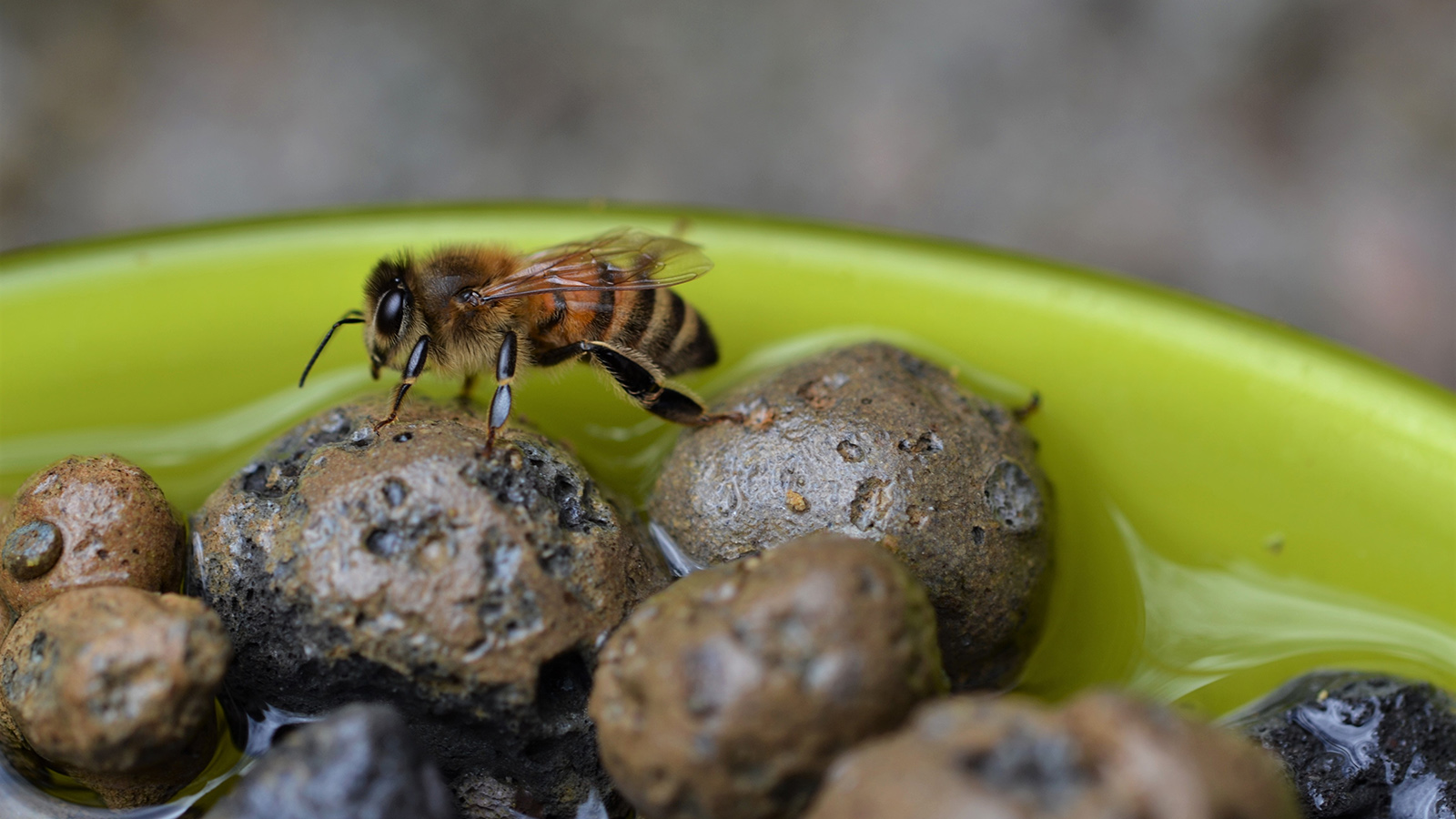
Whether you have a garden or not, setting up a bee watering station this weekend is not only a fun, family-friendly, eco garden activity, but these spots will act as essential resources for our prize pollinators during dry, hot spells.
“Bees need water not just to stay hydrated, but also to make food for their young and to cool their hives in summer. But it’s not as simple as a birdbath – bees are tiny and can easily drown in deep water. That’s why creating a safe, shallow drinking spot with landing zones is key, especially during the summer months," says Dr Emily Attlee, conservation scientist and co-founder of Seedball.
These bee hydration stations can be made using standard household items as well as bits and pieces found in your garden or local green spaces.
How to make a bee hydration station
A bee bath is very simple to create and will do wonders for the important pollinators that pass through your garden. A shallow bowl with some rocks and clean water is all it takes to provide a source of hydration for our nectar gathering friends," says gardening expert Calum Maddock at HomeHow.co.uk.
Trisha & Colin Gordon at Woodlands.co.uk give their method to creating a bee hydration station below.
What you will need:
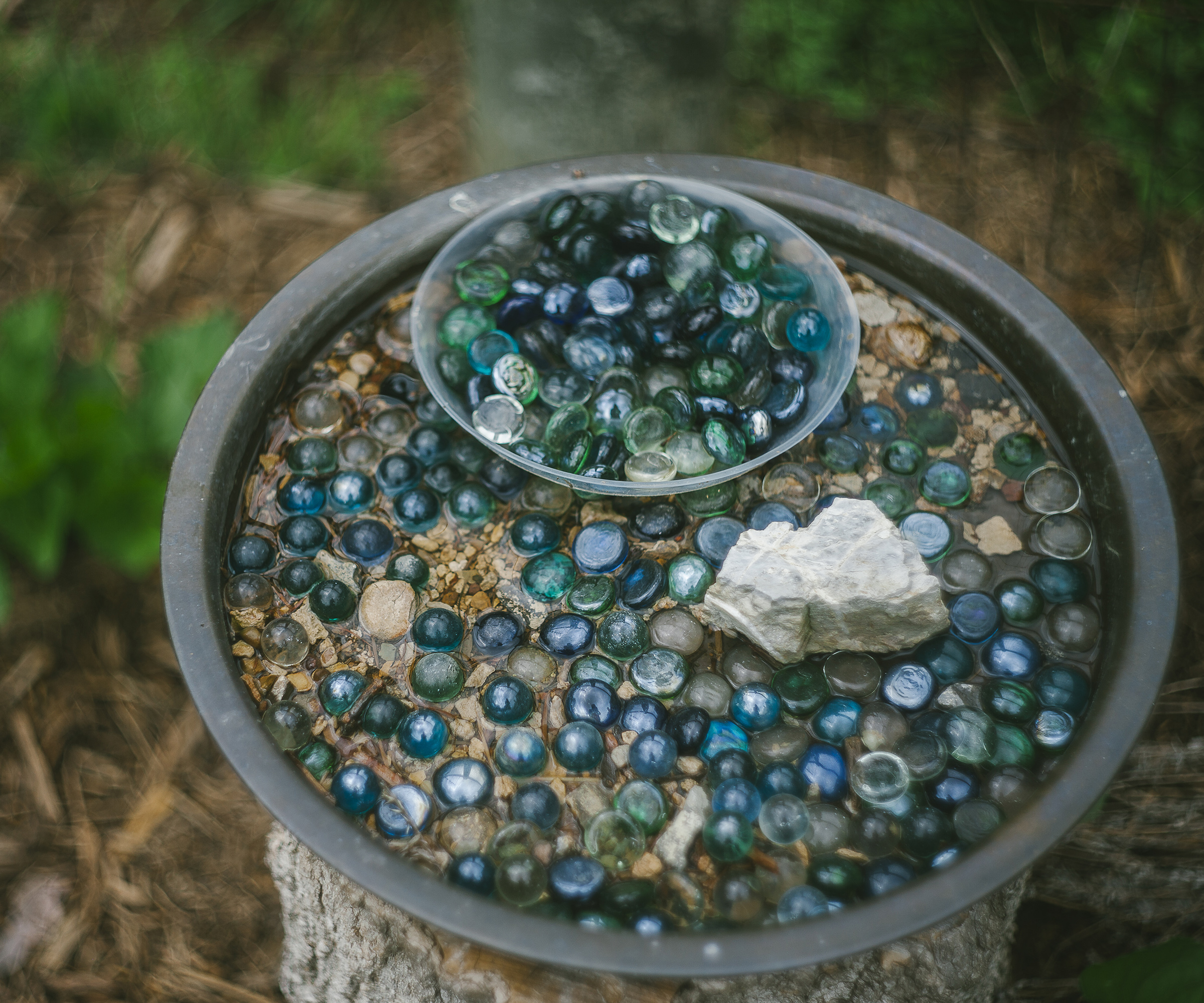
- Grab a shallow dish, saucer, or old jam jar lid
- Small pebbles, marbles, or glass beads
- Twigs from the garden
- Fresh water
Shop pretty bee watering stations
- Start with your clean, shallow dish, which is the main component of your bee hydration station.
- Fill it with clean water – just enough to submerge the base. Never add sugar or honey to a bee bath. Bees need clean, fresh water, not sweetened liquid. Sugar can attract pests, ferment in heat, or spread disease among bee populations. Keep it natural and simple – water is all they need.
- Add plenty of pebbles, marbles, or twigs, ensuring some stay above water level to act as landing spots for the bees.
- Position your bee bath near flowering plants or pollinator-friendly shrubs, so it’s easily found, in a shady or semi-shaded spot to keep the water cool and reduce evaporation. Ideally, it will be in a quiet, undisturbed area of your garden, away from high foot traffic and pets.
- Regularly top it up with fresh water, especially during dry spells, and clean it weekly to prevent algae or mosquito larvae.

Colin and Trisha have had their own family woodland for several years now. As members of Woodlands.co.uk, they aim to spread woodland ownership more widely so that more people can enjoy British Woodlands as owners and take a part in managing and conserving them.
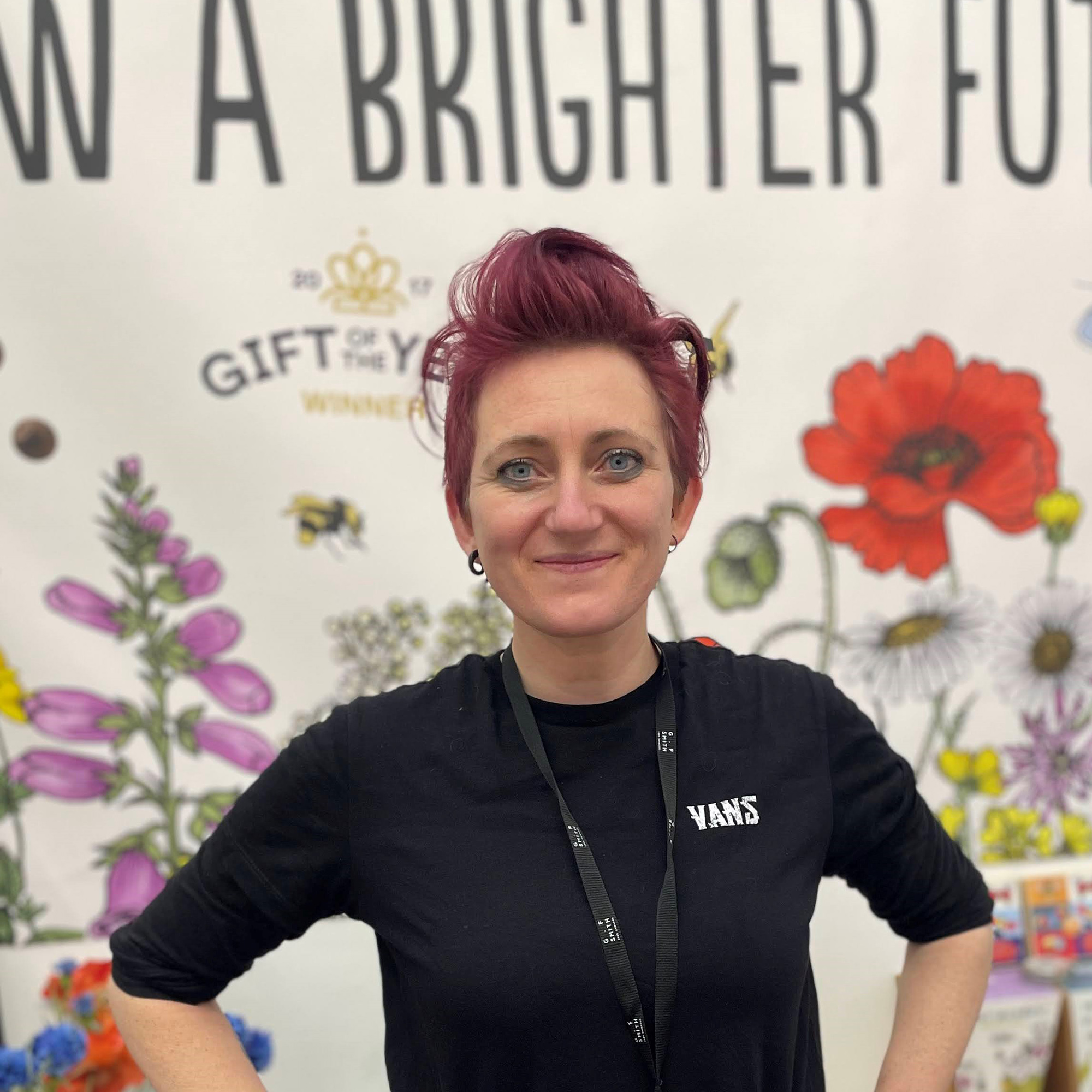
Dr Emily Attlee is a conservation scientist, and along with her partner Dr Ana Attlee, founded Seedball, a multiple-award-winning, not-for-profit organisation. Ana and Emily’s mission is to help increase the abundance of British wildflowers and wildlife.
If you're looking at more ways to help wildlife during hot spells, have a look at these 3 garden fixes to help hedgehogs beat the heat.
Bring your dream home to life with expert advice, how to guides and design inspiration. Sign up for our newsletter and get two free tickets to a Homebuilding & Renovating Show near you.
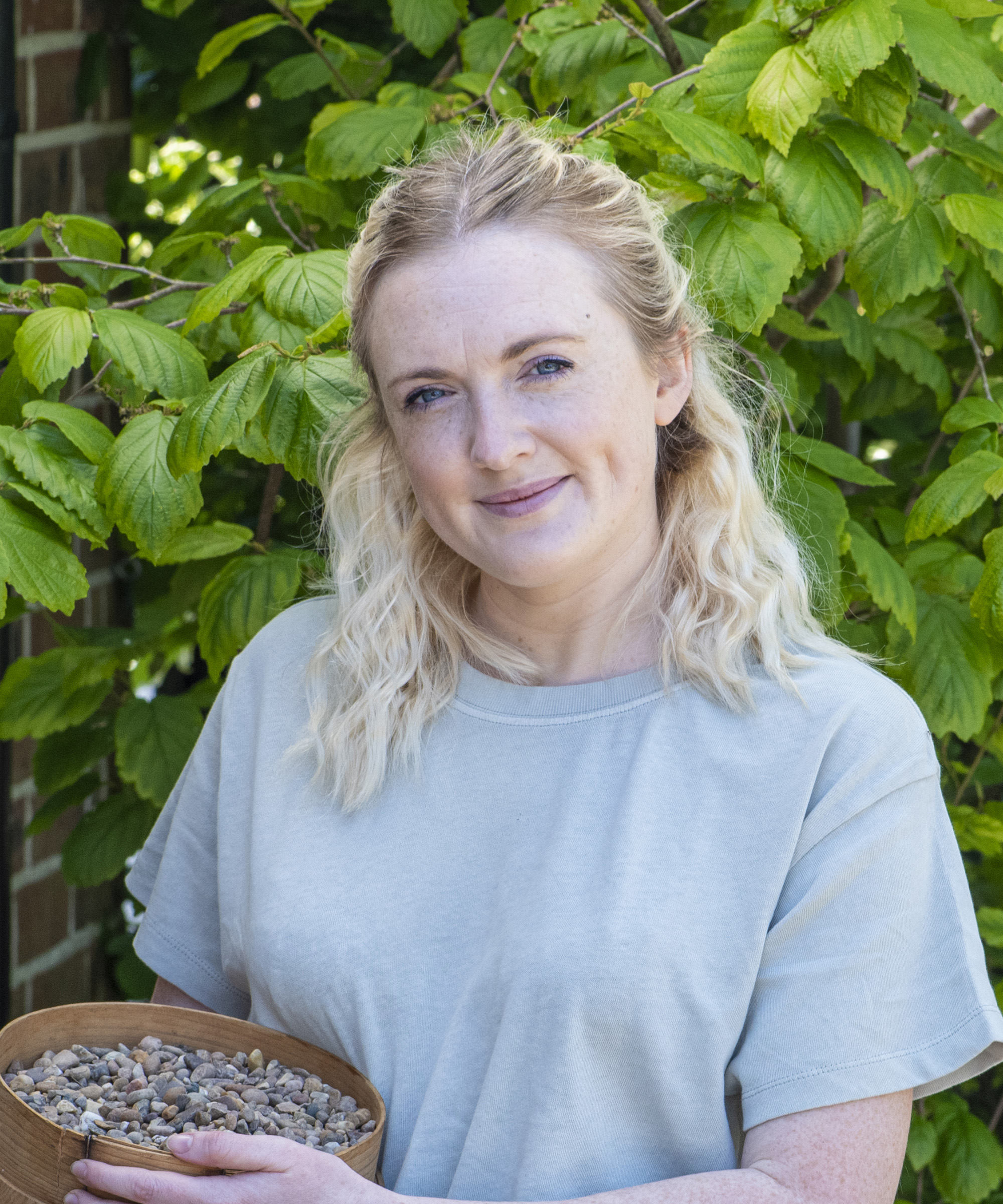
Teresa was part of a team that launched Easy Gardens in 2018 and worked as the Editor on this magazine. She has extensive experience writing and editing content on gardens and landscaping on brands such as Homes & Gardens, Country Homes & Interiors and Living Etc magazine. She has developed close working relationships with top landscape architects and leading industry experts, and has been exposed to an array of rich content and expertise.
In 2020 Teresa bought her first home. She and her partner worked alongside architects and builders to transform the downstairs area of her two bedroom Victorian house in north London into a usable space for her family. Along the way she learned the stresses, woes and joys of home renovation, and is now looking to her next project, landscaping the back garden.
